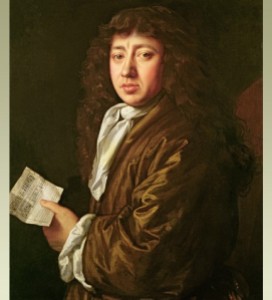Imagine the scene: you’re a medieval Geordie making your way back from the pub one night, feeling the toll of a hard day’s work and a hard night’s drinking, when you spot a perfectly good horse stand there at the roadside. Now, horses can be treated like bikes: there are places where someone can tie them up with some food and water, and go do their own thing. This, however, isn’t one of them. This is the roadside, not an inn or a stable.
So, you do the only thing you can do: you look both ways, call out feebly, and claim it for your own.
The beast behaves well. It walks well, it’s well fed and looks healthy. You decide to take it for a turn around the pond on your way home … which is where things start to go wrong.
As soon as you get near the water the beast tenses up, twitches, and bucks you straight into the pond. You splash and flounder in the water, coughing as you rise to the surface. What you see is a thing from your future nightmares: a shaggy, black, donkey-like thing with flaming blue eyes the size of saucers. You thrash to get away from it, but it turns tail and runs into the night, laughing an eerie, human laugh.








